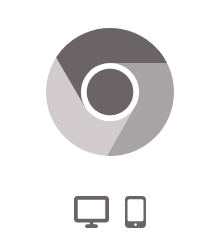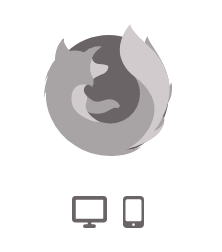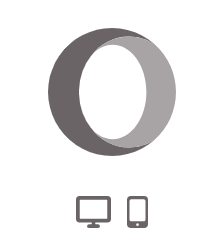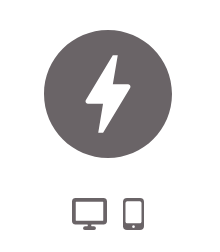Smarter Push Notifications For Desktop And Mobile
Engage beyond emails by leveraging modern channels of customer communication. Keep your visitors coming back with custom, schedulable, dynamic, and even automatable push notifications.
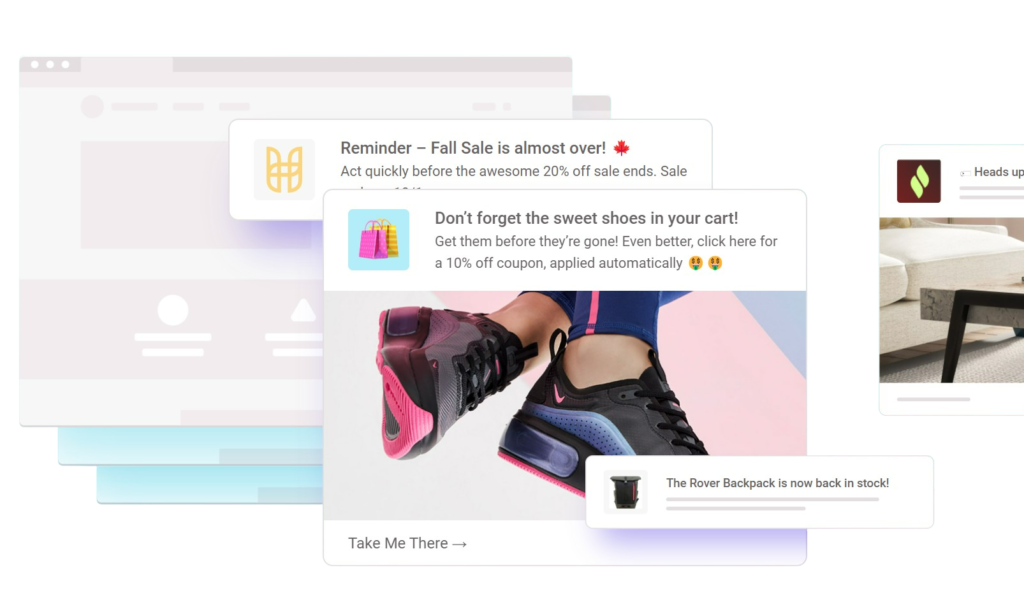
GDPR READY
TOP 5

Global Push Notification Service
🙌 Avoid the inbox, reach your customers directly.
Even great marketing messages can get caught by spam filters or be buried in an overflowing inbox. With Subscribers you’ll avoid the inbox entirely – no waiting for emails to be opened, no third-party messaging apps to configure. Get in touch with your customers any time, any day.
Delivery, No Matter What
Schedule In Advance
Target By Timezone

💡 Web Push Notifications 101
What are web push notifications? Glad you asked. Web push notifications are a new, modern channel of communication between you, a site owner, and your visitors. Notifications are delivered directly to your visitors’ screens – no inbox, no messaging app, no questions.
Bite-Size Messages
Say what you need to say quickly and easily in a consumable, bit-size message. No run-on emails or tricky email formatting here.
Rich Content
Showcase your brand and content with your own unique imagery and optional custom action buttons to make your push notifications really stand out.
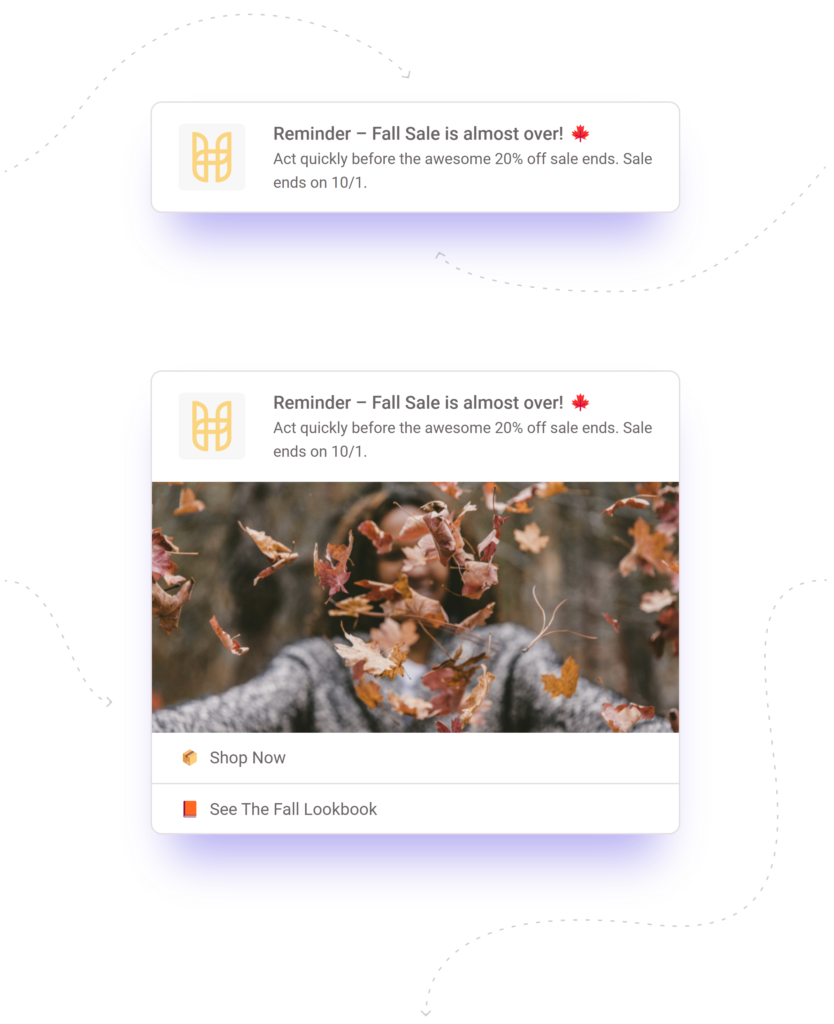
Always Viewable
Unlike other methods of customer communication, web push notifications are always viewable, whether the customer is currently on your site or not.
Desktop & Mobile
Push once, deliver everywhere. Support for web push notifications spans most of the major browsers and devices.
Announce New Sales and Promotions
Re-Engage Existing Customers
Make New Customers Stick
🛒 eCommerce Integrations
Subscribers has deep integrations with the top eCommerce providers, allowing you to target notifications to your store’s customers based on their browsing and purchasing history (or lack there of!)
Abandoned Cart
Announce Inventory Changes
Trending Products
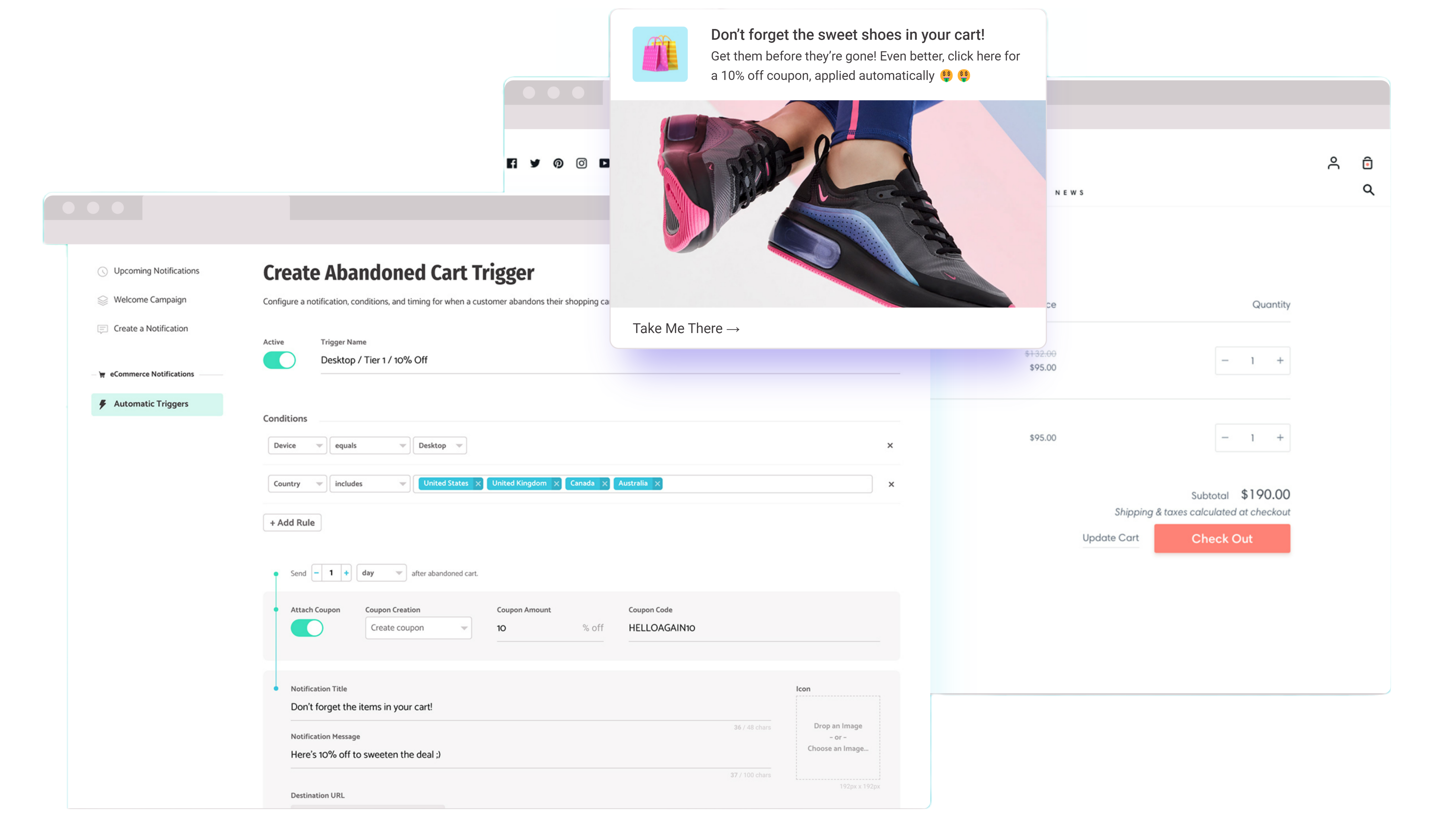
Value Attribution
Customer Recapture
Coupon Creation
📊 Understand Your Subscribers and Take Action
Get instant insights into your site’s subscribers and make educated decisions on real data that drive your business forward.
Daily Analytics
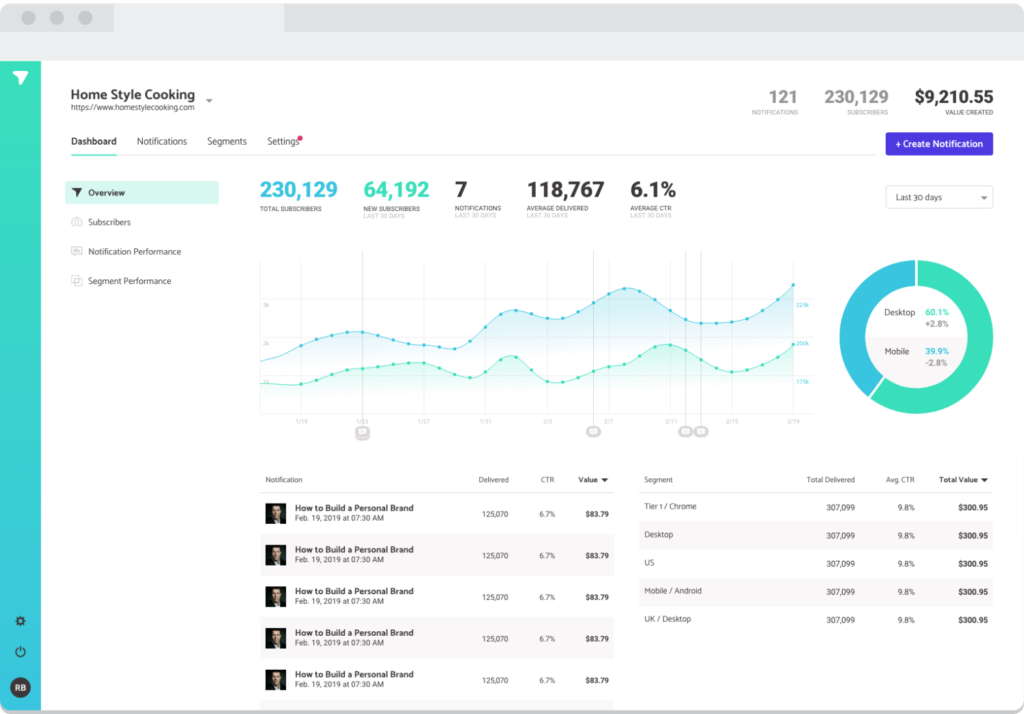
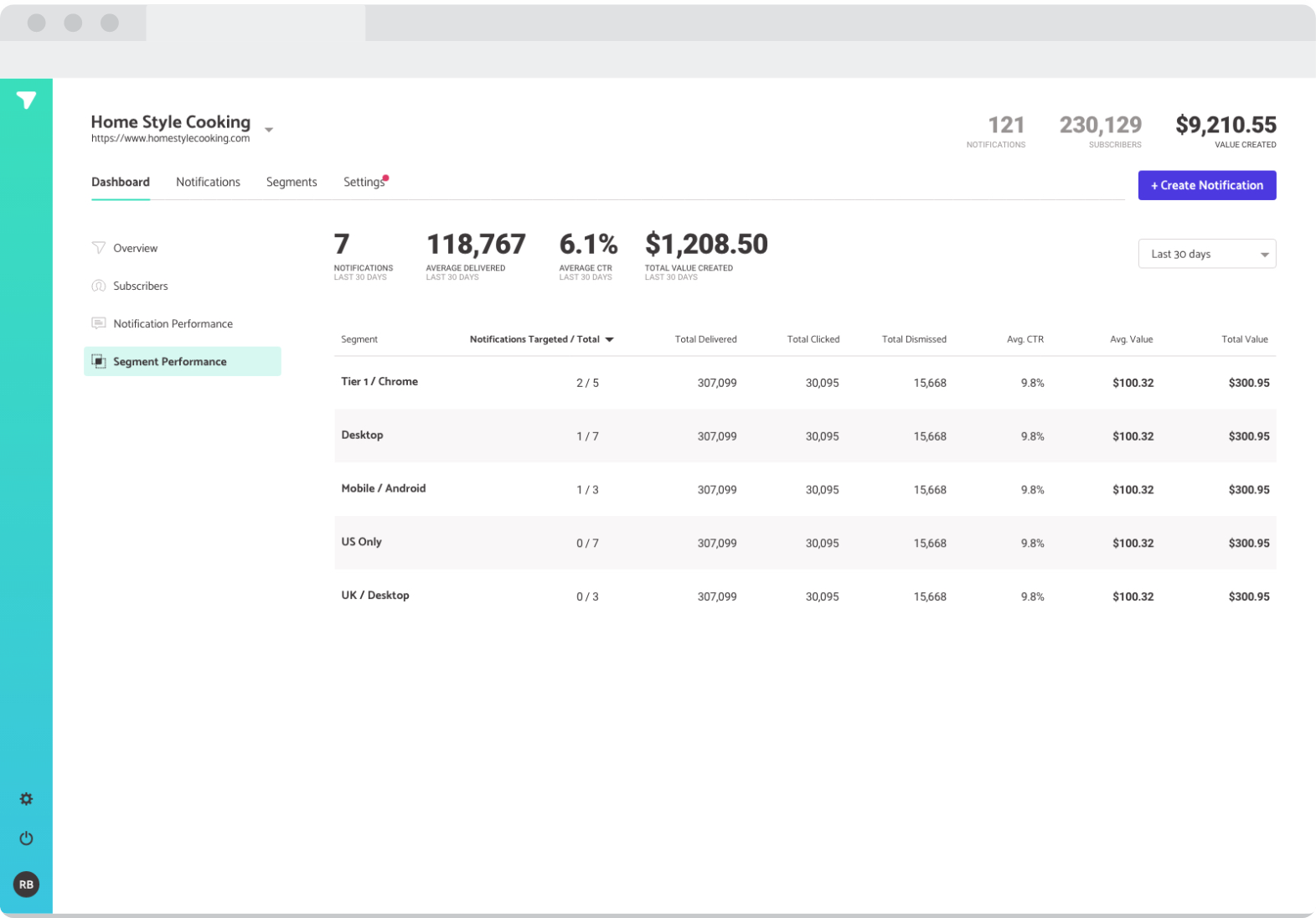
Powerful Segmentation Tools
🔑 Low-Cost, High-Impact Plans For Any Size Business
- 5K
- 10K
- 25K
- 50K
- 100K
- 250K
FREE
forever
Up to
200
Subscribers
Unlimited Notifications
Push to Chrome
Push to Firefox
Desktop & Mobile supported
HTTPS & HTTP supported
Basic customer support
Only 1 Dashboard User
RSS Feed-to-Push
Recurring notifications
Welcome drip campaigns
Schedule notifications in advance
Subscription Categories & Targeting
Prompt Custom CSS
A/B test Welcome drip campaigns
Schedule notifications in subscriber’s timezone
Push to Safari
Push on AMP Sites
API Access
$15.83
per month, per site, billed annually
or
$19
per month, per site, billed monthly
Up to
5,000
Subscribers
Unlimited Notifications
Push to Chrome
Push to Firefox
Desktop & Mobile supported
HTTPS & HTTP supported
Basic customer support
Upto 5 Dashboard Users
Upto 1 Active RSS Feed-to-Push
Upto 2 Active Recurring notifications
Welcome drip campaigns
Schedule notifications in advance
Subscription Categories & Targeting
Prompt Custom CSS
A/B test Welcome drip campaigns
Schedule notifications in subscriber’s timezone
Push to Safari
Push on AMP Sites
API Access
$24.17
per month, per site, billed annually
or
$29
per month, per site, billed monthly
Up to
5,000
Subscribers
Unlimited Notifications
Push to Chrome
Push to Firefox
Desktop & Mobile supported
HTTPS & HTTP supported
Basic customer support
Upto 15 Dashboard Users
Unlimited RSS Feed-to-Push
Unlimited Recurring notifications
Welcome drip campaigns
Schedule notifications in advance
Subscription Categories & Targeting
Prompt Custom CSS
A/B test Welcome drip campaigns
Schedule notifications in subscriber’s timezone
Push to Safari
Push on AMP Sites
API Access
Need more subscribers?
Contact us to get pricing info for our Enterprise plan.
* All plans that exceed subscriber limits are subject to monthly overage charges. Learn more
* Unlike some other push platforms, we don’t sell the data of our users.
Subscribers Web Push Notifications: The Simple & Affordable Way To Bring Your Customers Back More Often.
Described by Neil Patel as his “favorite marketing tool”, Subscribers enables website owners to bring visitors back more often to earn more loyalty and revenues. Web Push Notifications: Short & Sweet Push Notifications That Are Viewable No Matter Where Your Visitors Navigate On The Web.
Web push notifications are short and sweet messages that are pushed through a user’s web browser. If you have used Google Calendar and get a notice about an upcoming meeting, you have seen a web push notification. These push notifications go through the web browser and are presented to an opted in user no matter where he/she is on the web. Web push notification have some similarities to email marketing but have much higher engagement rates and can also sit alongside your email marketing and other marketing channels.
Web push notifications go through a user’s desktop or mobile device browser. Therefore, they can be viewed on a desktop computer as well as mobile devices through Android and select iOS browsers. Web push notifications can be sent by using a web push service or app such as Subscribers. These services enable websites to easily create and send push notification on an automated and manual basis. Subscribers is a top web push service used by over 40,000 websites and loved by small and big companies from small startups all the way up to large well-established companies.
How Do Web Push Notifications Work?
Web push notifications work through a user’s browser. When a visitor visits a website with web push enabled, that visitor is asked to “opt in”. The website owner will then start building a list of “opted in users” just like they do with email marketing.
A website using a push notification service such as Subscribers can then go into the push notification service and create and send push notifications. Once that website owner creates a web push, the Subscribers service determines opted in “users” and then sends the pushes through the various browsers to those end users.
Who Receives Web Push Notifications?
Just like in email marketing, users must “opt in” to start receiving web push notifications. A push service like Subscribers enables website owners to easily create opt-in units. With Subscribers, website owners can easily edit these opt-in units to match their website branding. Websites can also launch different opt-in units that can help segment opted in users into different buckets or cohorts.
It’s important to note that push notifications are not “user specific’ but, rather, are “browser instance specific”. This means that if a user opts in to web push notifications for a website on Safari but then starts using Chrome, that user will NOT receive web push notifications on Chrome (though they can receive to the desktop if the browser is active but not being used).
What Do Web Push Notifications Look Like?
Again, if you have seen a calendar reminder from Google calendar, you will know what a web push notification looks like. However, the actual look and feel of a web push notification varies by operating system and browser. For example, on some operating systems and browsers, you can include an image in a web push notification. However, in others you can’t. Additionally, how web push notifications are displayed as a desktop push notification will look different than those on mobile devices.
A good web push notification service like Subscribers actually shows how. your web pushes will be displayed across different operating systems and browsers. As a website owner this means you can create your web push messages once and each push notification message will be rendered based on the user’s device and browser.
Are Push Notifications Clickable?
Yes, absolutely! This is part of why they are so great. They are short and sweet messages with a simple call to action to click on the web push notification. This click can be directed to any destination the website chooses. And, the click rates for Web push notifications are very high both on a mobile device and desktop device.
What Kinds Of Websites Use Web Push Notifications?
The great thing about web push notifications is that any website can send web push notifications and bring back visitors back more often.
Media Sites
Media sites can send web push notifications when they release a new article. This bring visitors back more often, leading to an increase in pageviews and, thus more revenue.
E-Commerce Sites
E-commerce sites can send web push notification for a variety of different reasons.
They can send web push notifications when a user goes to abandon a cart. They can send web push notifications when a visitor hasn’t visited the store in a while or hasn’t made a purchase in a certain period of time.
A web push notification can be sent to announce a sale or new products that are available.
And, web push notifications can also include coupons and other incentives to bring people back.
SaaS Companies
SaaS companies can use web push notifications to pull users through the onboarding process or to get them to try certain features that they may not have tested.
Service Companies
Doctors, attorneys, real estate agents and other professionals can use web push notifications to announce new offerings, keep opted in users updated on specific news and much more.
In fact, web push notification can be used in a similar way to how you use email marketing. So, any website can benefit from using web push notifications.
Are Web Push Notifications Spammy?
No, web pushes are no more spammy than sending emails. Email marketing is one of the most powerful communication tools ever invented. But, some people take advantage of the medium and send too many emails and don’t think enough about the value the emails provide to the recipient.
This means that web push notifications can become spammy if in the wrong hands but in the right hands they are an incredibly effective and polite messaging medium.
How Do You Enable Push Notifications For Your Website?
In order to start sending push messages to your website visitors:
Choose a Push Service
Subscribers is a leading web push service. There are others as well, but Subscribers wins on ease of use, targeting, price and other unique features.
Register & Follow The Installation Instructions
You will need to register for the push service. You will also need to take a couple of extra steps to enable push notifications. If you choose Subscribers, the process of enabling push notifications on your site is clearly outlined. With web push, you will need to add a service worker file. The steps for adding the service worker file are clearly outlined within the Subscribers app.
If you want to send to send to apple devices, you will need to request that from your service. Not all push services provide an apple push notification service – Subscribers does so is another good reason to choose it.
Design Your Optn/ -In Unit
Again, you will need user permission to receive push notifications from your site to start sending them push notifications. Before you can send push messages to a user and a user can receive notifications, they must explicitly opt in on a user’s device. Getting that user permission is done through opt-in pop up messages that go through the browser on your user’s device. These pop up messages can be generic or designed to match your site’s look and feel. And, Subscribers makes it very easy to design these opt-in units.
Create A Web Push Series For Automated Notifications
With Subscribers, you can send push notifications that are manual or automated. It’s important to do both so you get in the habit of sending push notifications. One place to start though is to create a push series. These are very similar to an email welcome series.
In setting up a series, decide on the most popular actions on your website and build a series around those. For example, if you are a media site, send push notifications within your series to the most popular articles.
Set Up Your Event Based Pushes
Subscribers is unique in that it offers you the ability for sending push notifications based on a specific event or user behavior. For example, a SaaS company can set up pushes to track user behavior (ie when a visitor reaches certain steps in the sign up flow) and send a web push notification. That user will receive receive notifications once he completes that event and can be directed back to that step when he clicks on the push notification. An ecommerce company can send a web push when a user abandons a cart. The options are endless.
Check How Your Pushes Will Look On Different Devices and Browsers
You will want to check to be sure your pushes look good on different devices and browsers. Further, you will want to use some of the additional features that some browsers enable. For example, mobile push notifications look different than desktop pushes. And some mobile push notifications can include more text or an image.
The good news with a service like Subscribers is that you can actually see what your pushes will look like as mobile push notifications vs desktop pushes and on Chrome vs Safari, etc..
Track Your Push Notification Performance
Once your pushes go out, you should track the performance of your push notifications. You can track the performance of each push notification using analytics in Subscribers. You can also view your overall performance across all push notifications. All of this tracking can occur directly within the Subscribers web app but you can also set up tracking in Google analytics to see how the traffic performs from the push notifications you send.
Some Additional Use Cases For Web Push Notifications
We have already covered some use cases for web push notifications but here are some other common and effective ones.
Send Breaking News Alerts
Push notifications work well because they are instant. So, if there is something very timely, push notifications are a great way to send out breaking news alerts. Send push notifications about breaking news about your company. Or, if you are a media site, send web push notifications that alert your opted in users about breaking and important news.
Transactional Push Notifications
You can use web push to send transactional notifications. For example, if you use web push notifications for your ecommerce store, you can send pushes when a shipment goes out to a customer. Transactional notifications are great because they are personalized and drive high engagement.
Keep Users Informed Of New Products & Services
You can send web push notifications announcing new products and services that you are offering.
Remind Users About Abandoned Carts
Web push notifications are a great way to remind visitors about their abandoned carts. These can be sent right away and you can also send push notifications later to bring your customers back to complete their cart.
Send Push Notifications With Coupons Or Special Offers
Promotional notifications can include coupons or special offers for the holidays, for new product launches and much more.
What You Should Be Tracking With Your Push Notifications
The key elements you will want to be tracking in web push notifications include:
Opt in Rate: The rate at which visitors opt in to receive push notifications.
Delivery Rate: For various reasons, all of your web pushes won’t necessarily be delivered to all opted in users.
Click Through Rate: The rate at which people click on the web pushes.
All of the above can be tracked through the Subscribers app. In addition, you will want to set up tracking through Google Analytics or another analytics platform to track things such as:
Time on site
Conversion rates
Other key KPIs you track for site engagement
Setting up the above tracking is easy using a good push service such as Subscribers.
Additional Best Practices For Web Push Notifications
It’s important that you make web push notifications a part of your overall digital marketing strategy. Here are some additional best practices for web push notifications.
Test Different Opt In Units
Opt in units encourage users and visitors of your website to opt in to receive web push notifications. These units can match the look and feel of your website or they can be the native opt in unit provided by the various browsers.
It’s important to test different units to see which drives the best opt in rates. With Subscribers, this is easy using the platform’s A/B testing.
The key here is to track the percentage of your website traffic that opts in. For example, if your website traffic opts in at a higher rate using the browser native opt in unit vs the branded opt in unit, then you should go with the browser native opt in.
Create User Segments
In re engaging users and bringing them back to your site, you can create user segments in an automated or manual way. For automated segments, you can use tools within Subscribers to create different segments or categories that your website traffic can opt in to. For example, a media site might want to invite their website traffic to opt in to receive pushes on different categories of content.
For manual pushes, you can choose to segment customers based on geo location, device type and other basic info. User engagement rates go up with more personalized messages and segmenting your users is the first step of that.
Target Different Users With Different Messages
You will want to target users with different messages based on segments and events. Users typically engage with targeted messages at a higher rate. So, take the time to go into the notification center and create different segments and notification grouping for different audiences.
Direct Clicks To Relevant Destinations
Each push notification is clickable within your web browsers, so direct user visits to the pages on your site that are most relevant to the marketing messages sent in your push notifications.
Create A Calendar Of Push Notification Campaigns
Just like you create a social media calendar or an email marketing campaign calendar, you should have a calendar for your push notifications campaigns. Assigns somebody within your marketing department to set up your automated and manual web push notifications and track the performance of those campaigns. Include in your calendar different notifications for different notification categories.
Create Push Messaging That Makes Sense For The Medium
You will want to consider the uniqueness of the medium when you send notifications. Push notifications are short and sweet and are focused on a call to action. Therefore, you should send notifications that make sense within that medium. For example, if you want to send targeted notifications about a new product available on your website, use action language and short and sweet messaging. For example, “Check out our new high top joggers”.
Take Advantage Of The Instant Nature Of Push Notifications
Web push notifications are delivered instantly and, if the opted in subscriber is on a web browser, will immediately see the message. This is different than email and social media. So, send real time push notifications with message content that includes things that matter right now.
Consider The Difference Between The Mobile & Desktop Experience
Users take different actions on mobile devices vs desktop devices. Therefore, it’s a good idea to include different messaging in your desktop push notifications vs those sent on mobile devices.
Track The Performance Of Your Web Push Notifications
Be sure to track the performance of your web push notifications and make that tracking a regular part of your marketing meetings and summaries. You can track your overall push notification performance as well as the performance of each push notification. You should also set up tracking in GA4 so that you can see how the traffic you are driving through your push notification campaigns performs on your website.
If You Are An App, Consider Using The Subscribers Web Push Notification API
App publishers can tap into web push easily using Subscibers’ push API. This push API allows you to easily add push for your users. Documentation is available on Subscribers.com.
Conclusion
Web push notifications offer a great marketing channel that website owners can use for re engaging users to their website more often through targeted and relevant messages sent through a web browser. These push notifications have high engagement rates and can be sent through browsers on both desktop and mobile web browsers. Marketers that want to use web push notifications should have a push notification strategy and calendar that includes different messaging strategies and types.
Setting up web push is relatively easy and can be done through a service such as Subscribers. Subscribers is a well known platform that Neil Patel calls his favorite marketing tool and has been used by over 40,000 websites.
Subscribers wins for its ease of use, powerful features and affordability.
What Are You Waiting For?
Start increasing your click-through rates and conversions through the power of web push notifications.
